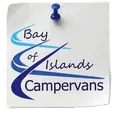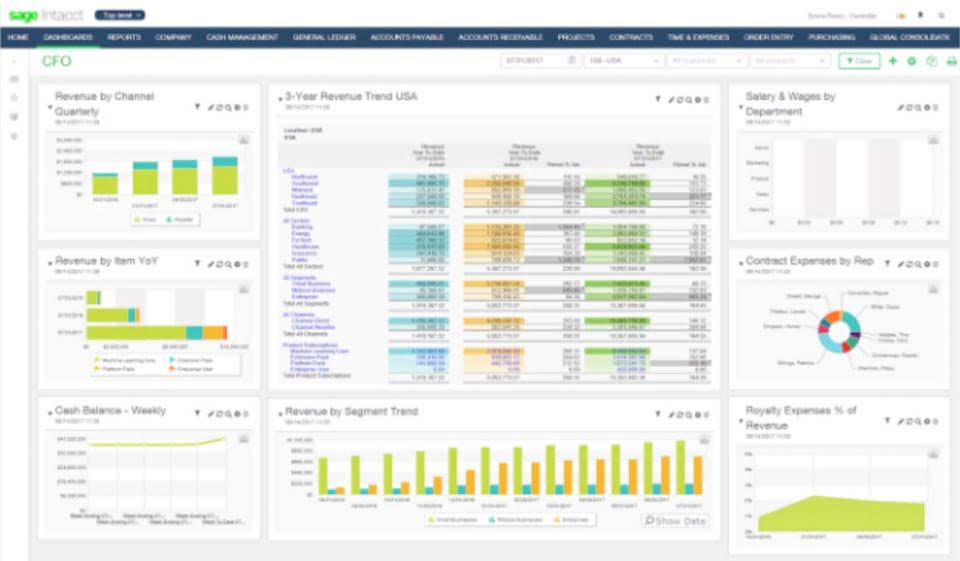ASC 842 lease accounting will generally have a minimal impact on a lessee’s income statement. Under ASC 842, all leases 12 months and longer must be identified on the balance sheet. Furthermore, both the lessor and lessee are required to identify these leases. cash flow Although ASC 842 has been in effect for quite some time now, lease accounting can still prove tricky sometimes, especially when you’re accounting for a number of different leases. Specialized, customizable software solutions, designed by CPAs from top accounting firms, come in handy when you want to increase the efficiency of your lease accounting process while not sacrificing accuracy. A lessor is required to recognize a lease receivable and a deferred inflow of resources.
- For example, the company ABC Ltd. enters a long-term lease agreement which is a finance lease for the use of equipment.
- And unlike GASB 96, which only applies to lessees, GASB 87 requires that both parties to a lease record their side of the transaction.
- The difference between the proportionate reduction of the lease liability ($10,835,992) and the proportionate reduction of the ROU asset ($9,852,190) is recognized as a gain on termination.
- ASC 842 was effective for public entities for reporting periods beginning after December 15, 2018.
- The discount rate is the interest rate used to calculate the present value of future lease payments.
- For audit trail purposes, any time you do so, you will be asked for an Override Reason.
Step 1 – Work Out the Known Future Lease Payments
Subsequent lease payments are split between interest expense (on the liability) and principal repayment. Lease lease termination journal entry journal entries generally fall into two main types, depending on the nature of the lease. Under ASC 842 lease accounting journal entries, distinct treatments are applied for different lease types. The lease asset is presented on the balance sheet, which is similar to the fixed asset. Likewise, the lease asset will need to be depreciated over the useful life of the lease period.
IFRS
- This example applies when the Property Lease Management Parameters, Use accumulative amortization account is set to Yes.
- Schedule a demo with us today and see how the system will ensure your compliance with the new standard.
- It is reasonable to conclude that the lessee would account for the lease arrangement as an operating lease.
- Lessor accounting under GASB 87 essentially mirrors the guidance for lessee accounting.
- The new lease accounting standard has been introduced to provide more information to users of financial statements.
To show what ASC 842 journal entries would look like for operating leases, we are going to give an example. The examples below are identical leases in terms, payments, and discount rates. Any difference between the reduction in the lease liability and the proportionate reduction in the right-of-use asset shall be recognized QuickBooks Accountant as a gain or a loss at the effective date of the modification.
- The lessee would next calculate the remaining liability as the lease liability before modification ($27,089,980) less the proportionate lease liability reduction ($10,835,992), resulting in a remaining liability of $16,253,988.
- The payment made at lease inception (i.e. July 1, 202X) is not included in the lease liability calculation but instead is accounted for as a prepayment.
- Under the new ASC 842 guidance, lessees now report future payments for these assets as a lease liability, but this has left a lot of stakeholders wondering what’s an ROU asset?
- The useful life for this lease is 39 years because this is a real estate lease.
- The lessor’s loss is calculated as the net investment ($150,000) minus the asset’s fair value ($120,000) and the termination fee ($10,000), resulting in a $20,000 loss.
- This amount is not the same from month to month since the lease liability reduces monthly, therefore the interest accrued is on a smaller amount through the life of the lease.
Step 3 – Update the lease asset value based on the modification amount
By the end of this article, you will have a solid understanding of lease accounting principles and the ability to accurately record lease transactions in your financial statements. While ASC 842 and finance lease can be complex, and numerous online guides already explain it, a simple example can often clarify its nuances. We’ll provide an example of simplified finance lease journal entries covering the perspective of the property renter (lessee). Your platform can hold a schedule of discount rates based upon organization, country, currency, lease term, etcetera. The platform will automatically look at all of that information and then select from the table the appropriate rate. But, you don’t have to use the number that the platform has come up with, you could select something different.
- The accounting treatment of a finance lease remains similar to the accounting treatment of a capital lease.
- A common example is the early termination of an operating lease, governed by ASC 842.
- If you need help adding a SBITA in your LeaseCrunch, now Crunchafi, accounting software, check this Knowledge Base page out.
- This requires the lessee to derecognize the full right-of-use asset and lease liability.
- The lease asset should be amortized, and reported as an outflow of resources, in a “systematic and rational manner” over the lesser of the lease term or useful life of the underlying asset.
- Lease payments are instead treated as lease expenses and recorded on the income statement over the lease term, typically on a straight-line basis.
- Furthermore, both the lessor and lessee are required to identify these leases.
Unless there’s a significant impairment, leased assets falling under an Operating lease classification don’t use an ROU asset journal entry to amortize with the straight-line expense method. After an impairment occurs, however, amortize the remainder of the lease using the straight-line expense. To create the first ROU asset journal entry, you need to measure the lease liability and calculate the present value of the lease payments you made to Landlord over each fiscal period. You then add any initial direct costs you incurred as a result of signing the lease and subtract any lease incentives you received from the Landlord. The ROU asset represents the lessee’s right to use the leased asset over the lease term.
To account for the partial termination of their headquarters lease XYZ Shipping first calculated the net change in their lease liability. Based on the revised information in the amended lease and using their new incremental borrowing rate of 3.75%, Shipping XYZ calculated their new lease liability to be $4,310,323.30 (decrease of $1,891,339.79). To illustrate the impact of partial terminations on lease accounting under ASC 842 we have prepared the example below. After the initial recognition, the lessee needs to account for the lease liability and the right-of-use asset during the lease term.





